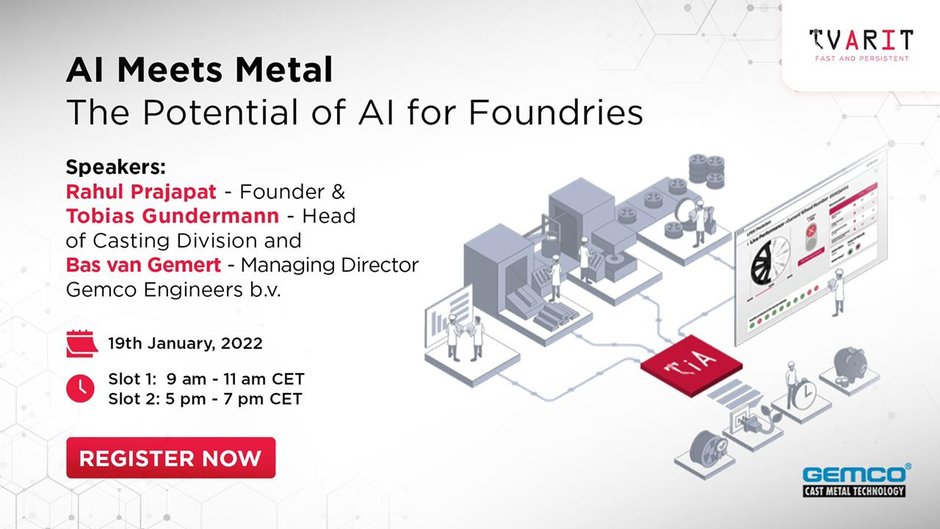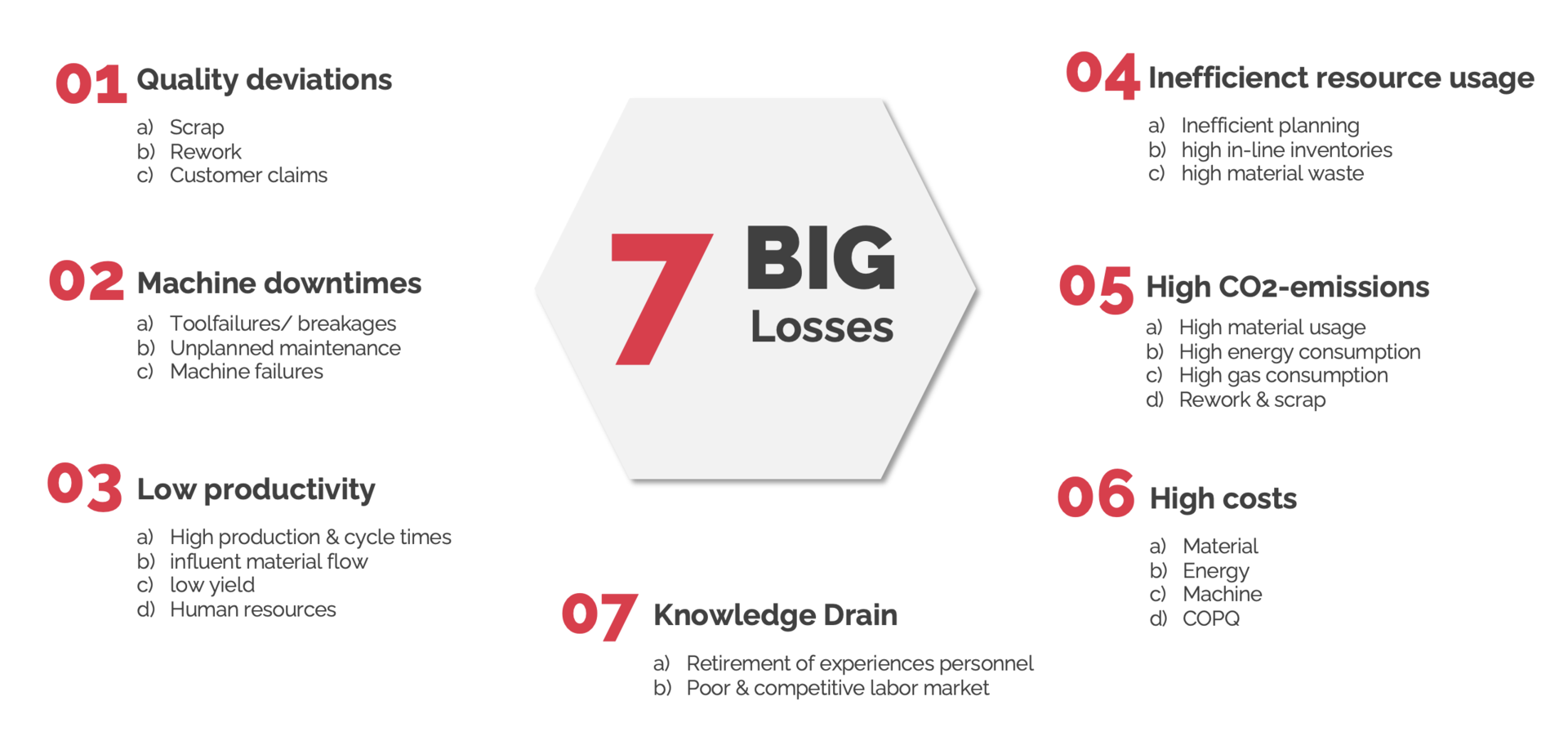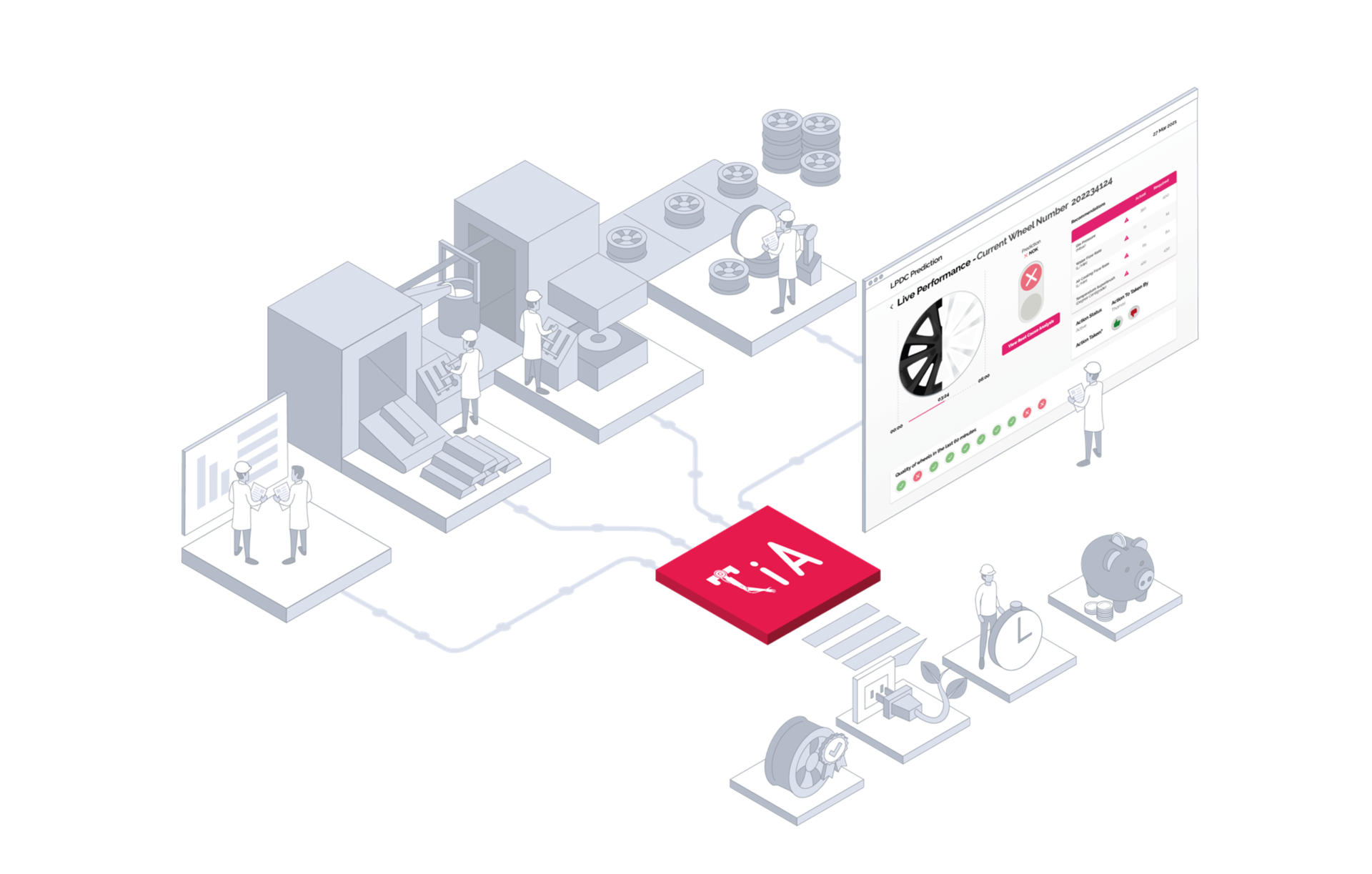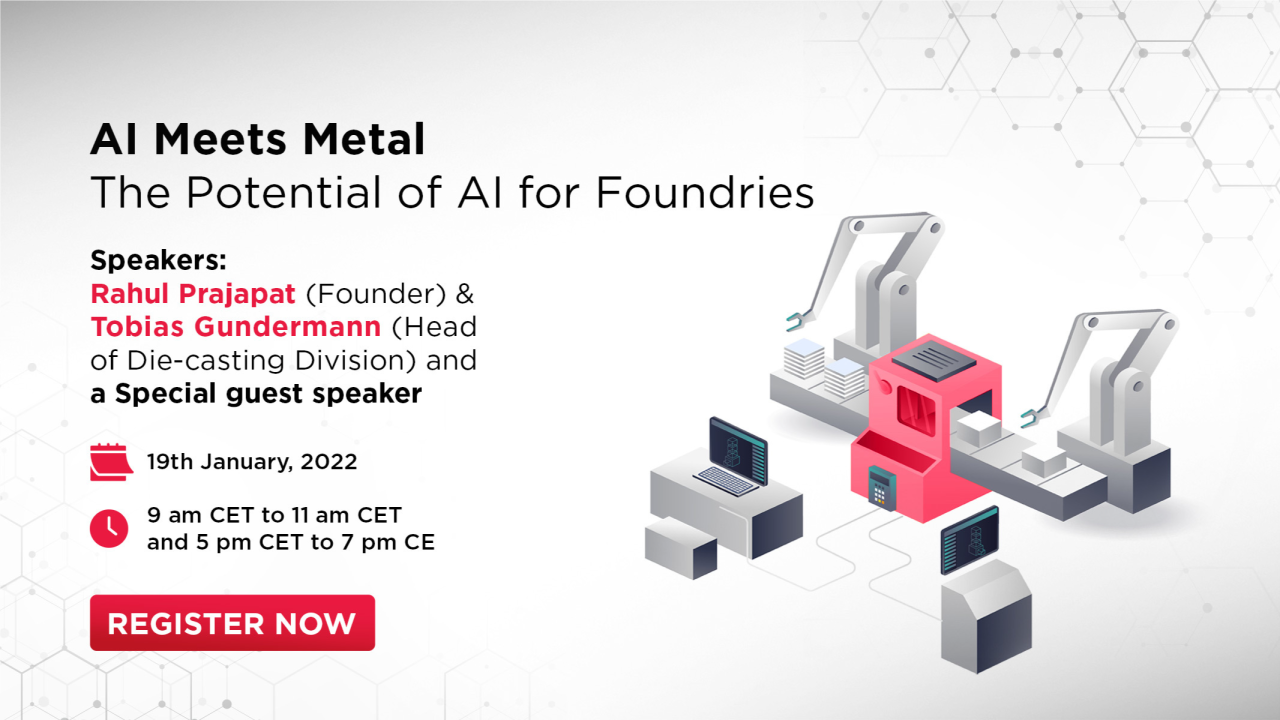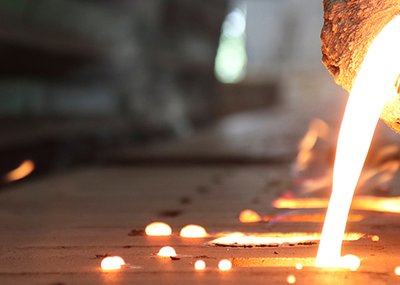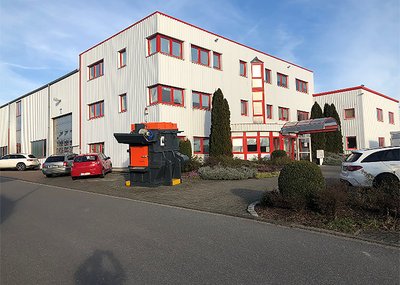Much of the cost of sales for foundries lies in material costs. Identifying and rectifying defects in real-time is a simple yet productive method for increasing OEE (overall equipment effectiveness). Reducing waste through AI technology for metal casting processes can be the difference between growing margins and shutting down operations.
AI in metal casting presents opportunities for cost optimization allowing manufacturers to streamline operations and increase revenue. AI technology for casting processes, enables to quickly learn from factory floor data to provide insights, predictions, and identify trends.
What’s more, AI for casting is vital in preventing costly defects and avoiding operational inefficiencies that hurt manufacturing productivity.
The Problem: Excessive Metal Scrap Waste
Scrap reduction use cases have huge ROI implications and are very likely prevalent on your casting lines. HPDC, LPDC and gravity casting are popular casting methods because they provide excellent dimensional accuracy and smooth cast surfaces.
Any casting defects due to blowholes, low mold temperature, or low pouring pressure will lead to lower strength components. Reasons for scraping can be manifold, and every bit of waste signifies a loss of time, raw material, and end product. It's becoming increasingly important to identify defects and their causes in order to improve functionality, production quality, and yield rates.
Accurate analysis, measurement, and evaluation are required throughout the production process to prevent defects. And this includes controlling for factors such as machine malfunction, human error, the miscalibration of assets, plus improperly maintained production lines. If you can't measure it, you can't remedy it.
To achieve operational improvements, foundries must gain control over the vast amounts of data produced on factory floors. There's a need to establish a comprehensive, data-driven solution to optimize casting processes.
In order to reduce waste, it’s imperative to predict where scrap is likely to occur and why that’s happening. Doing so will provide a complete picture of what’s happening along the lines and the underlying causes of product quality issues.
Often, interpreting operational data to diagnose specific issues requires the analytical skills of a skilled technician. However, bearing in mind how large the data sets can get, there's a considerable need for sophisticated AI in casting solutions that can interpret disparate data to provide a real-time, accurate picture of manufacturing processes and operations.
The Solution: Tvarit’s AI-Enabled Scrap reduction solution for Metal factories
A bigger picture means better decisions, and this is where the easy to use Industrial AI Platform comes in. These hybrid AI models complement human capabilities with scrap reduction analytics with the aim of reducing disruptions and optimizing resource utilization through its AI and metallurgy based algorithmic platform. In addition, they leverage machine learning to continuously gain knowledge from casting process data.
In casting, real impact follows pre-emptive manufacturing. For most foundries, steps taken to optimize production processes are often reactive rather than proactive. And this is because capturing data is not enough.
The smart AI algorithms for the foundry industry are based on deep process knowledge of the die casting process to provide solutions that deliver real improvements. These comprehensive, fast to implement, AI in casting driven solutions offer a visual platform for machine monitoring and process optimization. From the performance of individual machines to the comparison of overall output between foundry processes, an AI Platform provide insights to inform decision-making at every level.
The entire production process is to be monitored, controlled, and managed through the AI platforms by analyzing data points of all critical processes in real-time. This enables foundries to recognize quality issues and optimize the production processes for a significant reduction in scrap rate. Other benefits include increasing OEE of casting operations, reducing rejections, and improving environmental sustainability.
While sustainable AI is still in its early years of development, it's becoming crucial to foundries. But an effective and sustainable AI platform can not only eliminate excessive material use and waste, they also make precise recommendations on scrap reduction to help you save energy along your production lines.
Artificial Intelligence is proving to be a game changer by being a catalyst in not only improving the profitability and sustainability of production lines but also providing a considerable and proven reduction in scrap rate between 35% to 75%. More importantly, it’s a step towards zero-waste die-casting.
Using Real-Time Analytics to Make Big 4.0 Gains in Die-Casting
In a hyper-competitive manufacturing world, you need to streamline your production lines everywhere you can. You can gain real-time visibility into your factory floor processes and operations by collecting and analyzing the data produced throughout the die-casting process.
Now available at 0 upfront cost, TVARIT's Sustainable AI powered system for reducing waste in casting means a guaranteed, continual optimization of your plant state. The goal of TVARIT is to bring your plant to its most efficient operating paradigm and improve KPIs across your entire production line.
Do you need more Information please join the Webinar: AI meets metal - The Potential of AI for Foundries

